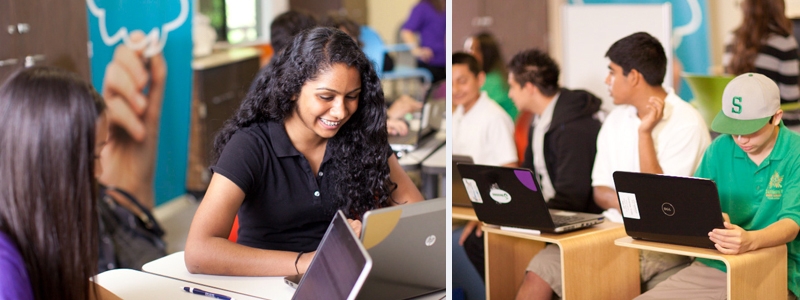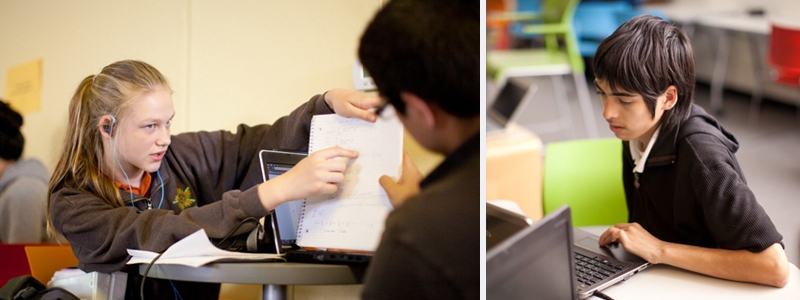Summit Public Schools
Summit Public Schools Non-Profit Organization
Country: USA
Visit Website
Innovation: Disruptive
Where it happens: Home | Community | School | Online
Trends: 21st Century Skills | Personalized Learning | Hands-on Learning | Community Based Learning
This network of American schools personalize the learning process through blended learning, including online and offline learning moments. Student autonomy is encouraged. They study on their own, get involved in projects, do reading exercises, discuss community issues, have mentors and take part in field trips motivated by their individual interests.
Country: USA
Visit Website
Innovation: Disruptive
Where it happens: Home | Community | School | Online
Trends: 21st Century Skills | Personalized Learning | Hands-on Learning | Community Based Learning
This network of American schools personalize the learning process through blended learning, including online and offline learning moments. Student autonomy is encouraged. They study on their own, get involved in projects, do reading exercises, discuss community issues, have mentors and take part in field trips motivated by their individual interests.
Country: USA
Visit Website






